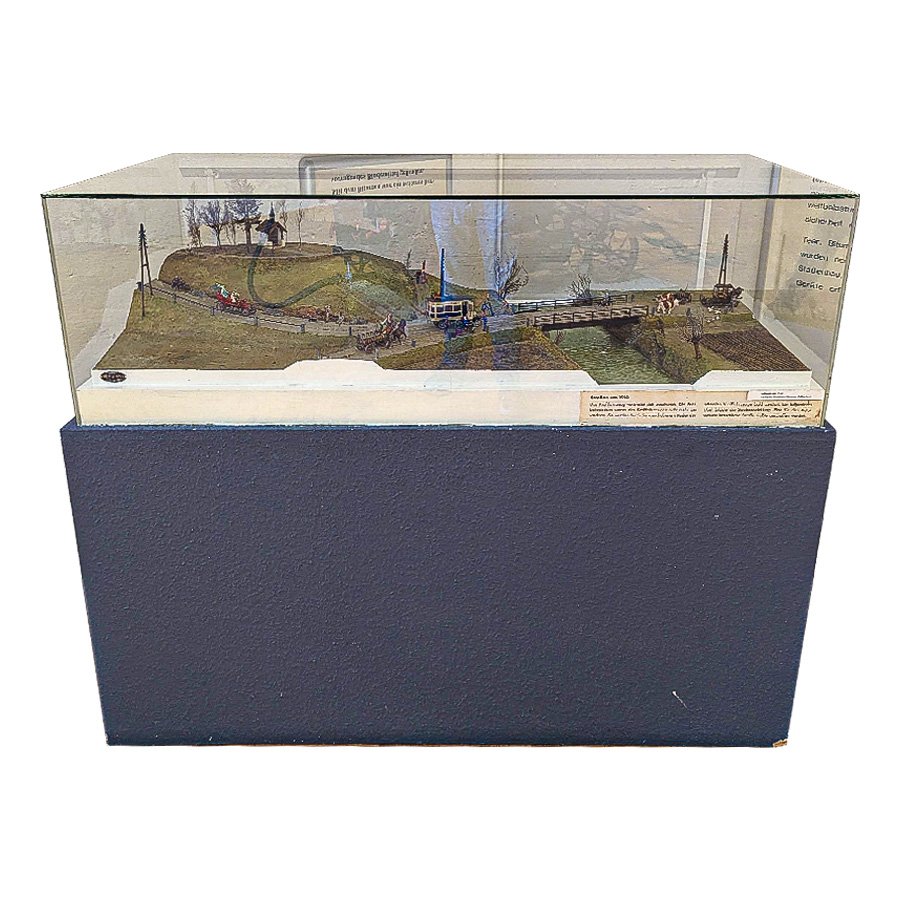With the rapid spread of motorized vehicles, the traditional roadways soon faced a serious challenge. The speed and weight of these new vehicles meant that the conventional roads, which were designed for slower and lighter means of transportation, quickly reached their limits. The “pushed” wheels of the fast motor vehicles quickly left behind traces of destruction, and the roadways proved to be insufficient for the loads of modern traffic.
Another serious problem was the massive amount of dust created by the vehicles. The conventional roads could not withstand this and offered no adequate solution to this growing problem. In the face of these challenges, it was imperative to develop a new type of road – a road that could meet the demands of the growing automobile traffic while minimizing dust.
It became clear that a resilient road specifically designed for cars was needed. This new generation of roads would not only withstand the forces and stresses of modern vehicles, but would also provide innovative solutions to reduce dust and thus improve the quality of life in cities.
de

